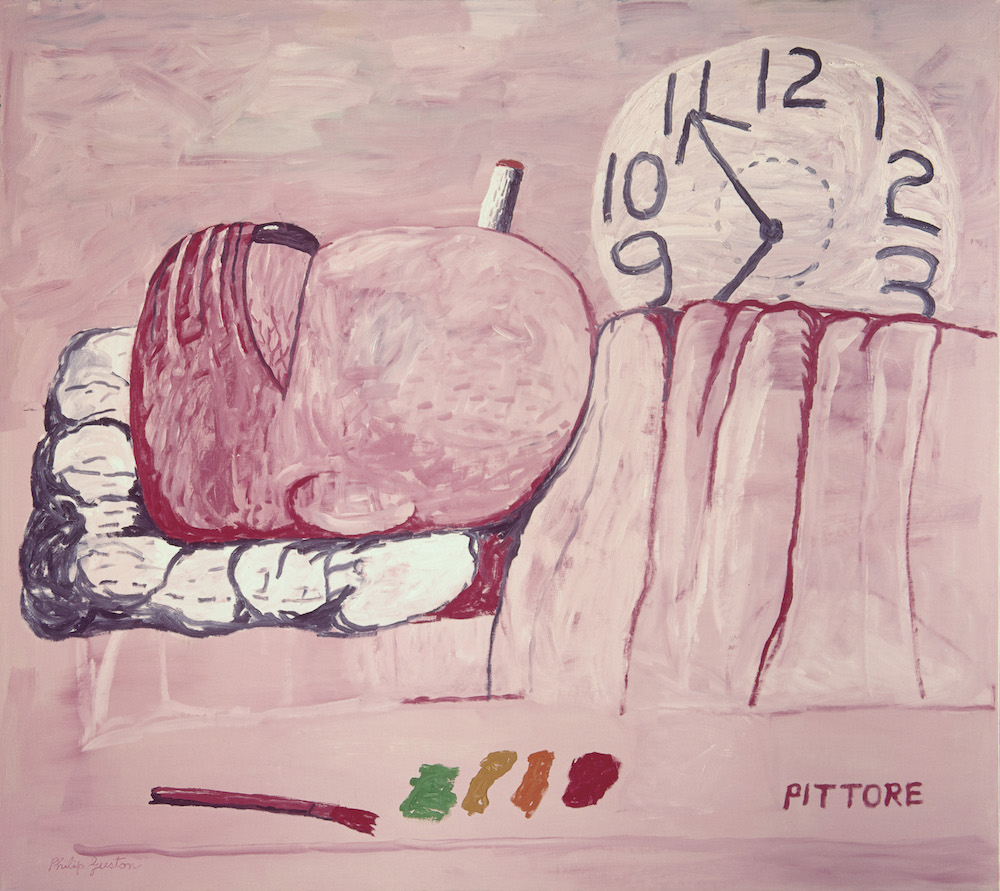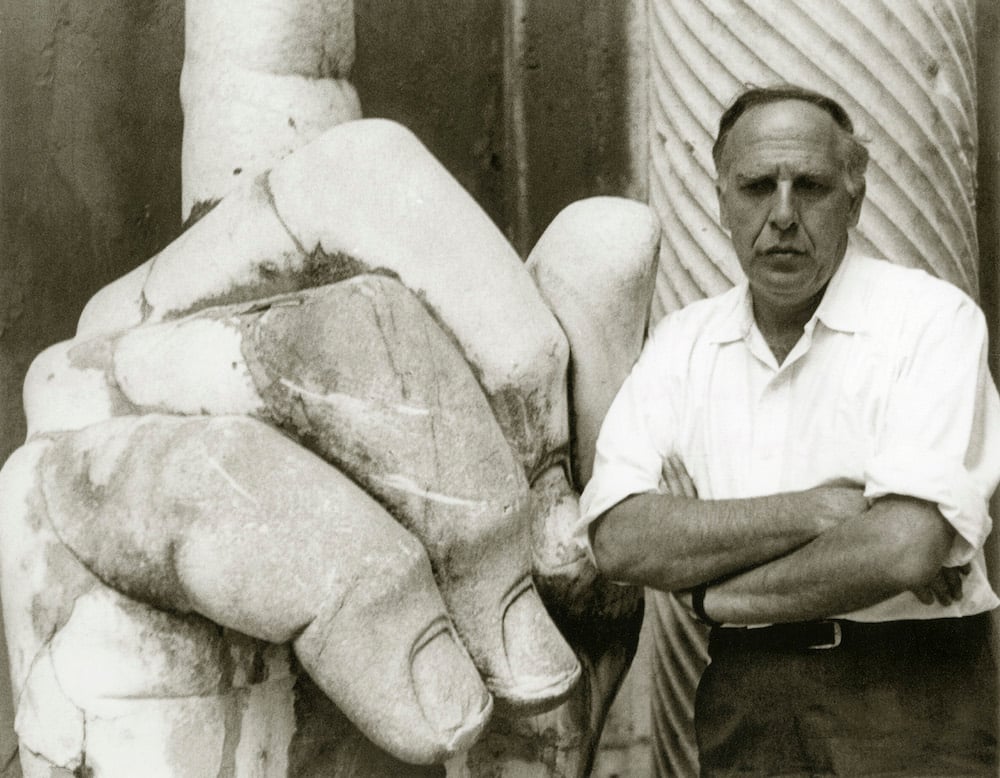Art & Exhibitions
Gallerie dell’Accademia to Host Philip Guston’s First Museum Show in Venice
The exhibition opens on May 10, coinciding with launch of the 57th Venice Biennale.

The exhibition opens on May 10, coinciding with launch of the 57th Venice Biennale.

Perwana Nazif

The work of the legendary American artist Philip Guston will be the subject of his first museum exhibition in Venice. Staged at the prestigious Gallerie dell’Accademia, it will open on May 10, coinciding with the 57th Venice Biennale.
The exhibition, titled “Philip Guston and the Poets,” will gather works created by Guston over a 50 year period, and will trace his development from modernist to abstract, expressive, and figurative works through the poetry of D. H. Lawrence, W. B. Yeats, Wallace Stevens, Eugenio Montale, and T. S. Eliot.
The Gallerie dell’Accademia—devoted to Renaissance masters including Mantegna, Titian, and Tintoretto—seems like an apt venue to host this ambitious show by the late artist, who cited Italy as a crucial influence in his writings.
The exhibition will feature 50 paintings and 25 drawings dating from 1930 to 1980, the year the artist died.

Philip Guston in Rome in 1960. Photo ©The Estate of Philip Guston, courtesy Hauser & Wirth.
The exhibition has been curated by Professor Kosme de Barañano—former executive director of the IVAM museum in Valencia and former deputy director of Madrid’s Museo Reina Sofía—and organized by the Gallerie dell’Accademia in collaboration with Guston’s Estate.
Key ideas in Guston’s work include metaphysics, the physical act of creation, “visionary awareness,” and fragmentation.
The exhibition will also examine the strong influence that Italy—particularly its cityscapes and artworks from the Renaissance—had on Guston’s works.
The artist’s appreciation for Italy is evident through his constant travels there. He first visited in 1948, after receiving the Prix de Rome; and returned in 1960, to show at the Venice Biennale, where he represented the US; and in 1970, while he was an artist in residence in Rome.
“Guston’s passion for Italian culture adds a complex and rich textural depth to his work,” said curator Kosme de Barañano in a statement.
“Now, as we view his art anew, though the eyes and the prose of like-minded literary figures—some whom he profoundly gravitated towards and pored over in the course of his own life, others whom he read casually, and others still whom perhaps existed peripherally—we can study the ways in which their words share affinities with the depths of Guston’s late work.”